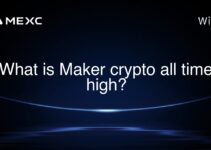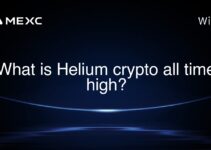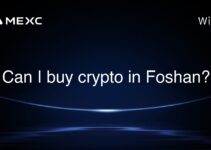Solana is considered a decentralized blockchain platform, though its degree of decentralization has been a subject of debate among experts and enthusiasts. It utilizes a unique consensus mechanism known as Proof of History (PoH) combined with Proof of Stake (PoS), which theoretically allows for greater scalability without significantly compromising on decentralization. However, the concentration of network control among relatively few validators and some historical network stability issues have sparked discussions regarding its decentralization compared to other blockchain networks.
Importance of Decentralization in Blockchain Technology
Decentralization is a core principle in blockchain technology, offering benefits such as increased security, reduced risk of censorship, and resistance to tampering. For investors, traders, and users, the level of decentralization can impact the perceived trustworthiness and robustness of the platform. A highly decentralized network is less likely to be controlled or manipulated by any single entity, which is crucial for applications requiring unbiased and transparent operations. This aspect is particularly significant in scenarios involving financial transactions, smart contracts, and decentralized applications (dApps).
Real-World Examples and Updated Insights
As of 2025, Solana has been actively used in various sectors including decentralized finance (DeFi), non-fungible tokens (NFTs), and decentralized gaming. The network’s ability to process transactions quickly and at lower costs has attracted a significant number of developers and users, despite concerns about its decentralization.
Decentralized Finance (DeFi) on Solana
One of the most notable uses of Solana has been in the DeFi space, where platforms like Serum have leveraged Solana’s high throughput to offer rapid trading and settlement of decentralized financial instruments. As of 2025, Solana hosts over 350 DeFi projects with a total value locked exceeding $4 billion, demonstrating substantial industry trust and user adoption.
Non-Fungible Tokens (NFTs)
The NFT marketplace on Solana, exemplified by platforms like Metaplex, has benefited from the blockchain’s scalability, facilitating the minting and trading of NFTs at a fraction of the cost and time compared to other blockchains like Ethereum. This has supported the proliferation of digital art and collectibles, contributing to a vibrant ecosystem within the Solana network.
Decentralized Gaming
Solana’s performance capabilities have made it an attractive platform for decentralized gaming applications, which require high transaction throughput for a seamless user experience. Games like Star Atlas have utilized Solana to handle complex in-game economies and real-time player interactions, showcasing the network’s potential in supporting large-scale decentralized applications.
Data and Statistics
Despite its advantages, Solana’s network has faced criticism regarding the number of active validators. As of 2025, Solana has around 1,700 validators, a number significantly lower than networks like Ethereum, which boasts over 250,000 validators post its transition to Proof of Stake. This smaller number of validators in Solana raises concerns about the concentration of network control, potentially making it more susceptible to centralization pressures.
Furthermore, network stability has been an issue, with several high-profile outages reported in the past years. These incidents have been attributed to the network reaching physical hardware limits, a consequence of its high throughput capabilities, which paradoxically also highlight potential centralization issues as not all operators can afford the necessary hardware to participate as validators.
Conclusion and Key Takeaways
Solana is a blockchain platform that offers a unique blend of scalability and decentralization through its innovative consensus mechanisms. While it provides significant benefits in terms of transaction speed and cost, the platform’s level of decentralization is somewhat compromised by the limited number of validators and past network stability issues. For investors and users, these factors must be weighed against the potential benefits, particularly in applications where trust, censorship resistance, and security are paramount. As the blockchain landscape continues to evolve, the Solana community and developers are likely to address these challenges, potentially increasing its decentralization and robustness in the process.
Understanding the nuances of Solana’s infrastructure and governance model is essential for anyone looking to engage with its network or invest in its technology. As with any emerging technology, the landscape is subject to change, and staying informed is key to navigating the future of decentralized applications on Solana.
DISCLAIMER
Article(s) displayed above is/are generated by artificial intelligence (AI) and may not be manually reviewed by a member of the MEXC team before it is published. The content displayed above does not represent the views of MEXC or its affiliates. Similarly, MEXC does not endorse the accuracy or truthfulness of the above data. Under no circumstance should reliance be placed on the above information. You are recommended to consult a professional, independent advisor where necessary.



